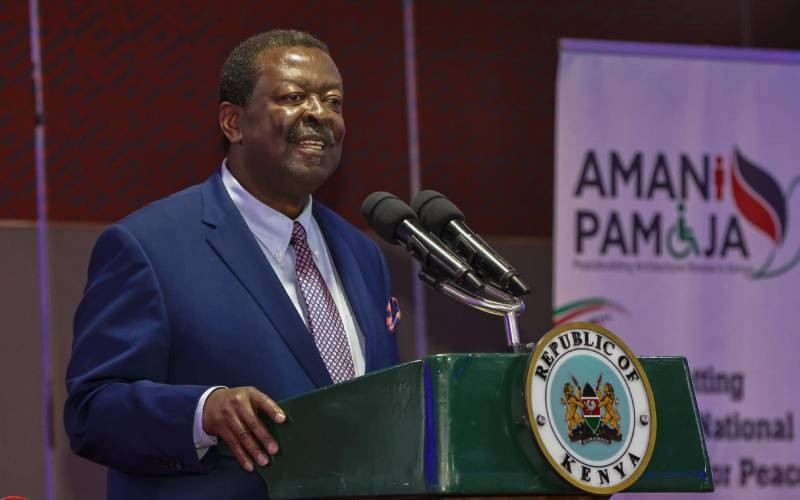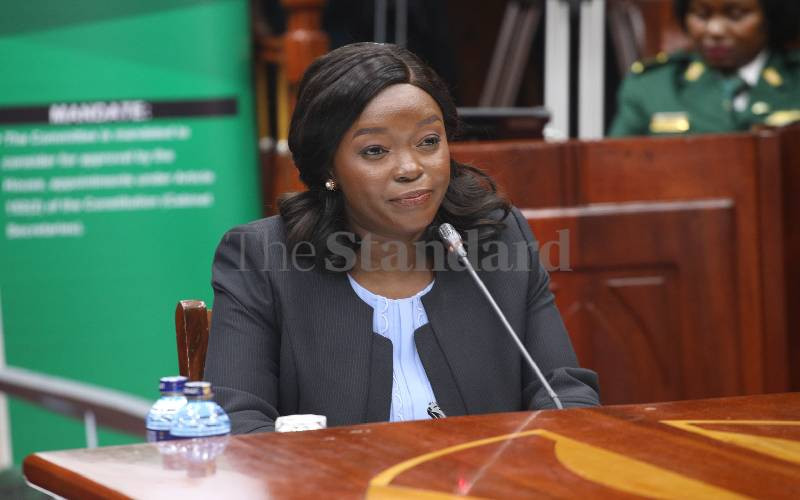To say that the Covid-19 pandemic put our digital capabilities to the test would be an understatement. It has brought about years of change in the way companies in all sectors and regions do business. According to a McKinsey Global Survey of Executives in October 2020, companies had to accelerate the digitisation of their customer and supply-chain interactions and of their internal operations by three to four years.
As a result, the share of digital or digitally enabled products in their portfolios accelerated by about seven years – what some are referring to as tech-celeration. On one hand, you have businesses in pursuit of resilience, on the other, customers are demanding for more.
Companies are now having to meet many new demands, and much more quickly than they had thought possible before the pandemic. Any technology service provider will tell you that boosting infrastructure capacity, upping connection speeds and ensuring optimum service performance continue to keep them awake.
As we settle into our “post-pandemic” realities, we can certainly be proud of the digital transformation gains we have made - spaces where work, study and play are largely technology-enabled, and earning Kenya recognition for its stable infrastructure, security and performance in Africa.
The Digital 2022 Global Overview Report posits that 42 per cent of Kenya’s population is now connected to the Internet, given the investments being made to deliver this vital resource to the market. This positive development notwithstanding, it is time to shift focus on what has been systemic oversight - driven largely by an almost siloed approach to Internet provision and connectivity - that could easily erode our industry gains and widen the digital gap.
The digital gap has been definitive of “far to reach areas” where the call was for telcos and Internet Service Providers to invest in infrastructure in order to bring the benefits of the Internet to all. In late March this year, in partnership with the PEACE Cable Company, Telkom landed Kenya’s sixth submarine cable into Mombasa.
This new cable, PEACE: Pakistan and East Africa Connecting Europe, is 15,000 km long and will provide the most direct connectivity route from Asia and East Africa to Europe and reduce existing communication delays between the continents. The investment in such delivery infrastructure is of strategic importance to Telkom, where we view access to the Internet as a fundamental human right.
It is now a decade since the arrival of the first submarine cable in the country. Continued innovation and partnerships have brought connectivity closer to Kenyans. However, progress towards digital development is yet to match this expansion.
The journey to digital adoption comes in three parts: Infrastructure, connectivity, and devices. While Internet infrastructure is an essential element to close the gap, its availability alone does not necessarily translate into the adoption and beneficial use of the resource.
It is therefore time that we looked at the adoption versus availability gap, to disprove that a “zero gap digital divide” is not just an access issue, but an aggregate of many smaller divides, that hinder the delivery of affordable and accessible broadband connectivity for all.
Affordable devices, the digital proficiency of users, the investment environment, as well as the policy and regulatory space, are all critical factors which often get overlooked from the global lens, leaving each of these nodes to the respective stakeholder to determine its placement in the value chain.
Interestingly, even as we speak of connecting the unconnected, additional data from the GSMA: Mobile Internet Connectivity 2021; sub-Saharan Africa Key Trends, further show that over half a billion people living in areas with a mobile broadband network, are not using mobile Internet, despite substantial increase in mobile broadband coverage since 2014. Which begs the question, who is failing whom?
Are service providers offering the most affordable data? Are device manufacturers incentivised enough to match this with more affordable entry-level smart devices to enable consumers enjoy this resource? Or do we look to our policy and legislative framework to help bring further relief to the sector thereby attracting the needed investment and intervention in certain areas? Is there sufficient and engaging content to keep consumers online? Or is there a challenge with respect to the digital literacy of the intended users?
As we reflect on all these scenarios, I look forward to a digital-ready, future-fit economy where simultaneous construction of broadband infrastructure is done alongside key projects to save on costs and distribution.
The growth of digital literacy programmes should also go beyond formal education and into the job market to enable Kenyans become better digital consumers. Moreover, the introduction of tech legislation that will inspire investor confidence and offer incentives for the introduction of newer technologies to keep pace with market and industrial dynamics, is also needed.
Stay informed. Subscribe to our newsletter
 The Standard Group Plc is a
multi-media organization with investments in media platforms spanning newspaper
print operations, television, radio broadcasting, digital and online services. The
Standard Group is recognized as a leading multi-media house in Kenya with a key
influence in matters of national and international interest.
The Standard Group Plc is a
multi-media organization with investments in media platforms spanning newspaper
print operations, television, radio broadcasting, digital and online services. The
Standard Group is recognized as a leading multi-media house in Kenya with a key
influence in matters of national and international interest.
 The Standard Group Plc is a
multi-media organization with investments in media platforms spanning newspaper
print operations, television, radio broadcasting, digital and online services. The
Standard Group is recognized as a leading multi-media house in Kenya with a key
influence in matters of national and international interest.
The Standard Group Plc is a
multi-media organization with investments in media platforms spanning newspaper
print operations, television, radio broadcasting, digital and online services. The
Standard Group is recognized as a leading multi-media house in Kenya with a key
influence in matters of national and international interest.








